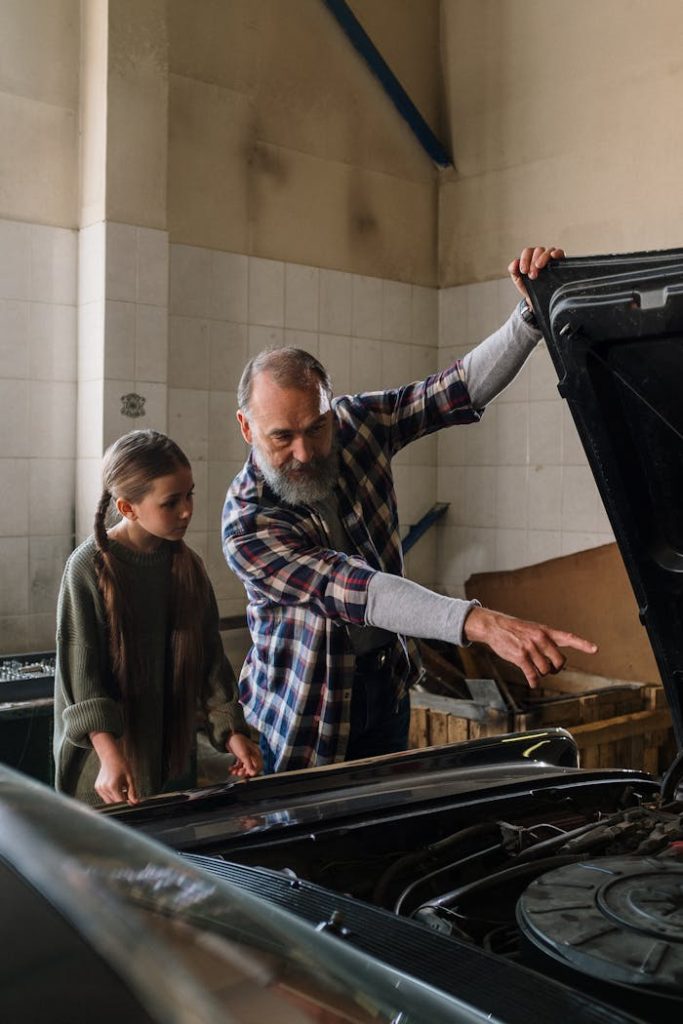

4 Fun and Educational DIY Experiments For Kids.
Table of Contents
Part Of The Ultimate Dad’s Guide to Fun and Educational DIY Experiments for Kids
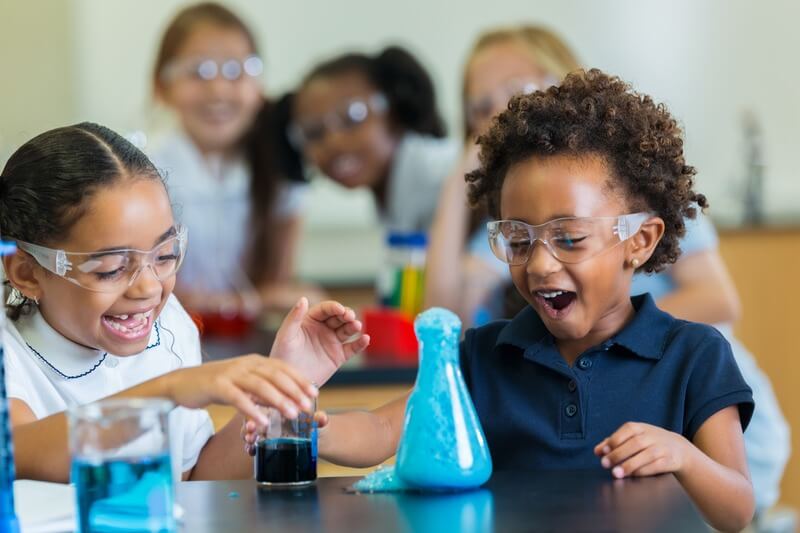

Introduction: The Joy of Discovering Together
Every curious “why?” from a child holds the potential for discovery. Today’s world of screen distractions makes it even more vital for dads to engage in hands-on, DIY experiments for kids that not only educate but also bond. This guide, carefully curated for the “daddyroks” community, is about making every question an adventure.
The Timeless Appeal of DIY Volcano Eruptions
Ah, the volcano experiment – a rite of passage for any budding young scientist. But did you know there’s more than one way to create this iconic explosion?
- Baking Soda and Vinegar: A classic that never disappoints.
- Method: Mix a couple of tablespoons of baking soda with a few drops of food coloring in a container. When ready, pour in vinegar and enjoy the eruption!
- Science Behind It: This reaction is an acid-base reaction, where vinegar (acetic acid) reacts with baking soda (a base) to produce carbon dioxide gas, causing the bubbly eruption.
- Dish Soap Variation: For a bubblier eruption!
- Method: Add a squeeze of dish soap to the baking soda before introducing the vinegar.
- Science Behind It: The dish soap captures the carbon dioxide gas, forming bubbles that make the ‘lava’ frothier.
- Yeast and Peroxide: A less common but equally enthralling method.
- Method: Mix yeast in warm water and let it sit for a minute. In a separate container, have hydrogen peroxide (6% solution is optimal) mixed with food coloring and a squirt of dish soap. Pour the yeast mixture into the peroxide container.
- Science Behind It: Here, the yeast acts as a catalyst, breaking down hydrogen peroxide into water and oxygen gas. The rapid release of oxygen results in the bubbly explosion.
Beyond Volcanoes: Diverse DIY Experiments
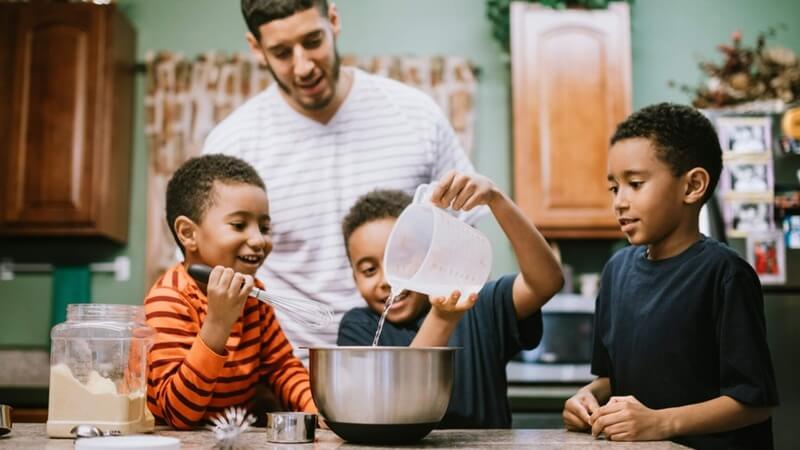

While volcanoes are a blast, diversifying experiments can cater to varied interests and expand learning horizons:
- Density Tower: Visualize the abstract concept of density.
- Method: In a clear glass, layer honey, dish soap, colored water, vegetable oil, and rubbing alcohol. Each liquid should float atop the previous one.
- Science Behind It: Every liquid has a different density. Honey, being denser, settles at the bottom, while rubbing alcohol, being least dense, floats on top.
- Magic Milk Dance: Witness the mesmerizing dance of colors.
- Method: Pour milk into a dish and add drops of different food coloring. Dip a cotton swab into dish soap and touch the milk’s surface.
- Science Behind It: Dish soap breaks down the fat in milk, causing the food coloring to scatter, creating beautiful patterns.
- Homemade Slime: Dive into the gooey world of polymers.
- Method: Mix white glue, baking soda, and contact lense solution to form stretchy slime. Enhance with food coloring or glitter.
- Science Behind It: When combined, the ingredients form a polymer, which gives slime its unique stretchy texture.
The Multifaceted Benefits of DIY Experiments
Engaging in these hands-on activities offers numerous advantages:
- Strengthening Bonds: Shared moments of discovery enhance parent-child relationships.
- Boosting Critical Thinking: These experiments encourage prediction, observation, and analysis.
- Fostering Creativity: Many experiments, like homemade slime, allow personalization, giving kids creative control.
- Developing a Scientific Temperament: These early experiences can set a foundation for a lifelong passion for science.
Safety First!
While most DIY experiments are safe, always ensure:
- Supervision: Always be present, ensuring children handle materials safely.
- Material Check: Ensure all materials are non-toxic and safe for children to use.
- Clean Up: Post-experiment, clean up immediately to prevent any accidents.
Conclusion: Crafting Memories, One Experiment at a Time
With the world at our fingertips, it’s easy to resort to virtual learning. But the joy of hands-on discovery, the shared laughter over a foamy eruption, or the wonder in a child’s eyes as colors dance in milk – these are moments that digital screens can’t replicate. At “daddyroks,” we champion these tangible moments of learning and know the importance of finding new DIY experiments for kids we can try. So, to every dad out there: here’s your toolkit. Let’s craft memories, one experiment at a time.

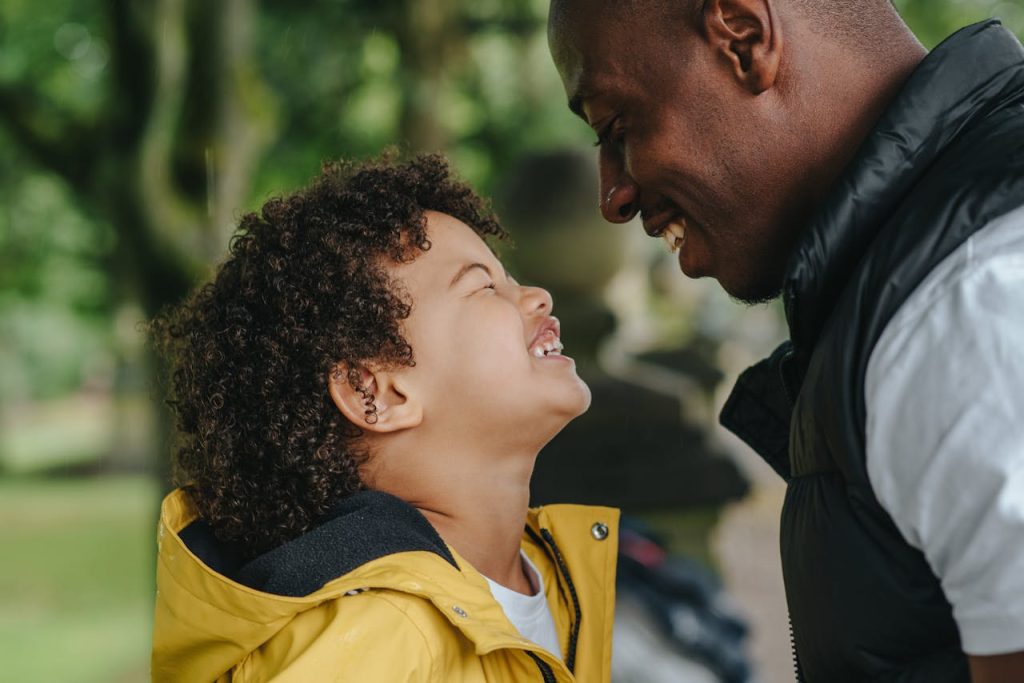
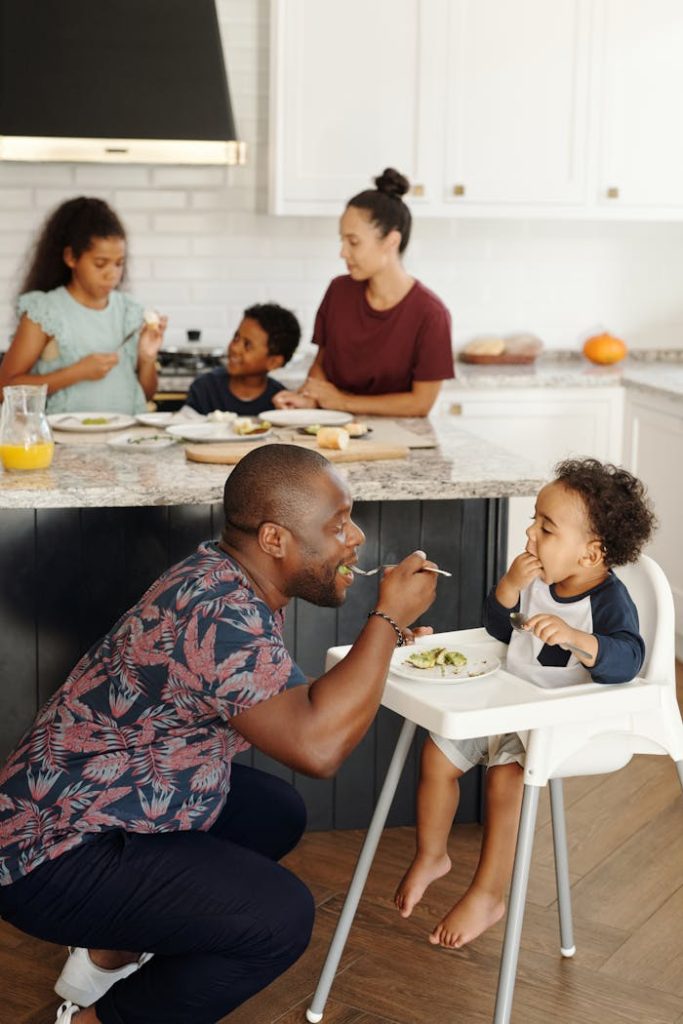
Hi, this is a comment.
To get started with moderating, editing, and deleting comments, please visit the Comments screen in the dashboard.
Commenter avatars come from Gravatar.